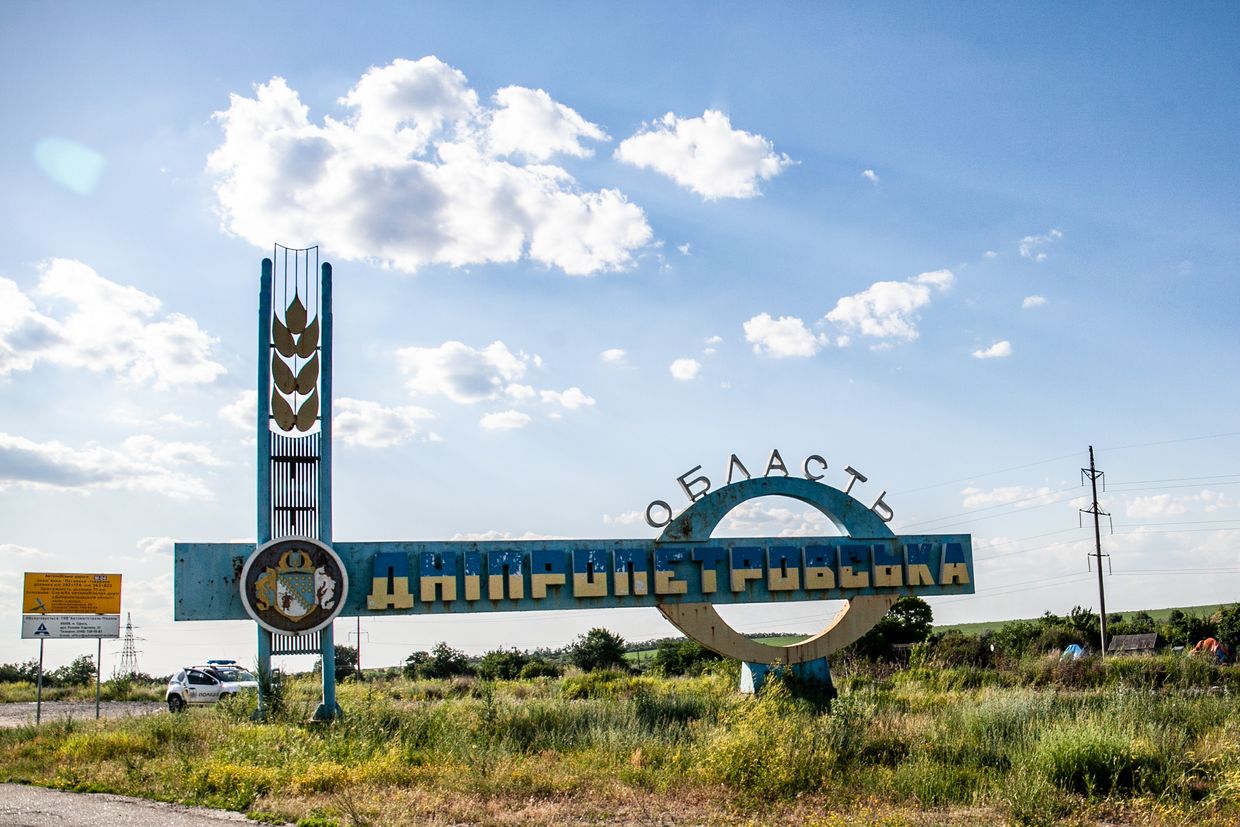OAKMONT, Pa. — There are major championship golf courses that engage your senses, challenge your spirit, test your spine. And then there’s Oakmont, which has one goal, and one goal only: To beat you into the dirt. Forget your feelings, bring your best game to Oakmont or slink out of here broken and defeated.
There have been nine U.S. Opens at Oakmont prior to this year, and according to the USGA, 1,385 players have competed in those Opens. Of that number, a mere 28 — just 2 percent — have finished the week under par. Why? Well, because this course is designed to shatter your confidence. There are no opportunities to relax, no holes you can take off. Scorecard-killing disaster lurks on every single hole. Get ready.
The longest par-3 ever
Deep in the heart of Oakmont sits the 289-yard par-3 8th hole, the longest in major championship history. It’s not a particularly tough hole; the challenge comes from the psychological effect of placing a par-3 score on a hole that will top 300 yards for at least one round this week.
Advertisement
The hole is so vast that it can deceive even the best in the game. “I completely forgot that that was the long par-3,” Collin Morikawa said earlier in the week. “I honestly asked Joe [Greiner], my caddie, and everyone in the group, I was like, 'Is this like a — do you go for this par-4 or do you lay up?' The green, one of the easiest on the course, allows for a bit more up-and-down opportunity than most.
“Honestly, there's not a ton of strategy other than, like, hitting your driver within 15 yards or your 3-wood within 15 yards,” Morikawa added. “Just hit and hope, honestly. It's a hole I'll take four pars right now and walk away.”
The interstate
When Henry Fownes built Oakmont in the early 1900s, he had to deal with a railroad track that ran right through the heart of the property. Oakmont slopes down into a valley, the bottom of which comprises that railroad … and, now, the Pennsylvania Turnpike.
Fans use a pedestrian bridge over the Pennsylvania Turnpike, which divides Oakmont Country Club, during a U.S. Open practice round on Wednesday in Oakmont, Pa. (AP Photo/Carolyn Kaster)
(ASSOCIATED PRESS)
When the federal government built the interstate highway system starting in the 1940s, the route through Oakmont already existed. The highway doesn’t bisect any individual holes — try not to imagine the carnage that would be involved in players trying to shoot over moving vehicles — but does cut the course roughly in half, running between the 1st and 2nd holes outbound and the 8th and 9th on the way back toward the clubhouse.
Advertisement
You can’t see the course from the highway; it’s set too low to give anyone a free look at Scottie Scheffler or Rory McIlroy. Two foot bridges cross the highway, meaning players and fans alike have the unnerving sensation of walking with 18-wheelers right beneath their feet. This is the only major course that has an interstate running through it … yet another reason why Oakmont remains a unique gem.
The bunkers
There are 168 bunkers scattered over Oakmont, which was initially designed as a Scottish links-style course. And much like links courses, if you end up in a bunker, you, my friend, are in real trouble. The most vicious of the bunkers is “Big Mouth,” adjacent to the 17th hole; any time a bunker has its own name, you know it’s just waiting to wreck your day.
Still, it could be worse. Fownes and his son W.C., who was even more diabolical than his father, used to drag deep furrows in the thick Allegheny River sand that made up the bunkers, using a hundred-pound rake called the “Devil’s Backscratcher.” A ball that ended up in one of those wasn’t coming out without a fight. At least that particular challenge is now no more, but the bunkers nonetheless remain.
The 9th green/putting green
The greens at Oakmont are notoriously slick; Sam Snead once said he put a dime down to mark his ball, and it slid right off the edge. Nowhere is this more apparent than on the 9th, in the shadow of the clubhouse, where the 9th green shares an expanse of land with the practice green … and the practice green slopes downward toward the flag stick. It’s visually strange, seeing players putting while others are finishing out their front nine, but when a practice putt gets rolling, it could end up in the middle of some actual play.
Church pews and piano keys
The visual trademark of Oakmont runs between the 3rd and 4th holes, on the left side of each: the church pews, a collection of 13 islands of fescue in the midst of a massive, 100-plus-yard bunker. Initially a collection of a half dozen individual bunkers, the “pews” were reformed into the shape they are now at some point in the mid-20th century. (Recordkeeping was spotty in those days.) The church pews — and their lesser-known sibling, the piano keys along the 15th hole — are yet another bit of psychological torture, a gorgeous way to keep players unsettled and uneasy at every turn.
Shane Lowry hits shot on the third hole in front of the 'church pews' bunker during his practice round prior to U.S. Open at Oakmont Country Club on Wednesday in Oakmont, Pa. (Photo by David Cannon/Getty Images)
(David Cannon via Getty Images)
Oakmont will test every player, every day of the U.S. Open. And along the way, the course’s quirks and character will make this a fascinating, exhilarating four-day ride.
.png)
 German (DE)
German (DE)  English (US)
English (US)  Spanish (ES)
Spanish (ES)  French (FR)
French (FR)  Hindi (IN)
Hindi (IN)  Italian (IT)
Italian (IT)  Russian (RU)
Russian (RU) 






Comments